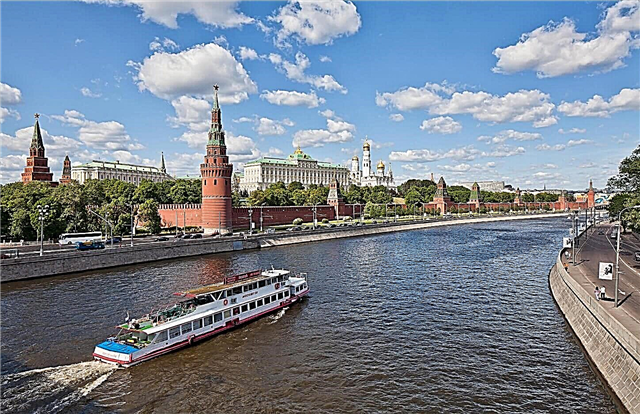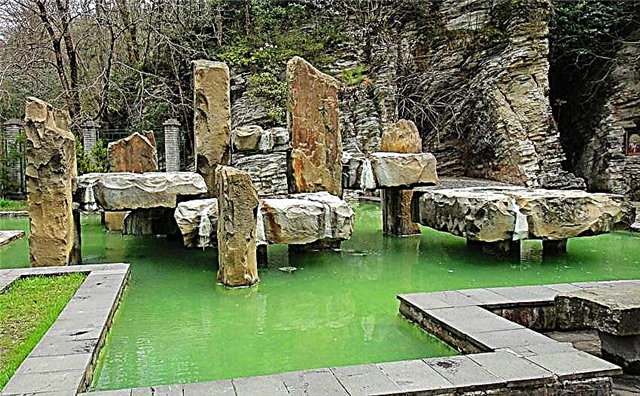
Do you want to admire the Soviet chic and plunge into nostalgia? Visit an iconic place in Sochi - the abandoned sanatorium of Sergo Ordzhonikidze. The magnificent complex has not yet lost its grandeur and surprises with its scope and monumentality.
Impression
Buildings touched by wilting always impress me. There is a special charm in them! Lonely, abandoned pieces of dead stone, for a short period animated by the hands of craftsmen, and now gradually destroyed by plants, winds and rains, can tell a lot to an inquisitive traveler.


This is where the nostalgia for the time that you never knew is born.
If we put aside prosaic thoughts about how one could wisely use this lost Soviet heritage, then one can get a lot of pleasure from contemplation, walking and reflection. So come, walk, enjoy the beauty.


I advise you to come early in the morning, although at this time I cannot guarantee you loneliness. The abandoned Ordzhonikidze sanatorium has already become an unspoken symbol of Sochi's Soviet past and, thanks to photos on Instagram, has gained frenzied popularity.

We arrived closer to sunset. I didn’t even expect to see real Instagram Bacchantes near the stone “Dancing Bacchantes”, taking pictures in almost the same bizarre poses. There were so many people in the center of the sanatorium that it seemed that we got to the casting of some kind of film.



However, if you go further, everything will be different: deserted buildings, overgrown paths, abandoned parks.
The history of the sanatorium and the reasons for the closure
The glorious history of the sanatorium-palace began in 1934, when the People's Commissar Sergo Ordzhonikidze personally chose the place of the health resort for the miners. In just three years, a luxurious ensemble of 15 buildings was built! A little later, the main fountain "Dancing Bacchantes" appeared, and after the war a funicular to the sea was opened.

The Socialist Palace was a prestigious vacation spot in the Soviet Union - still, a simple worker could not even imagine such a luxury! Palladian Renaissance architecture, rich stucco, massive columns, chic staircases, weightless arches, whose vaults are painted by the masters of Palekh and Mstera. They say that caviar and sturgeon were served in the sanatorium.


In the book “Sochi-Matsesta. Essays on Architecture ”, the architect NB Sokolov writes that in the sanatorium, when decorating living rooms, halls and living rooms, they used valuable types of wood, and almost everywhere there was decorative painting. This is indeed the case. Look inside through the glass!













